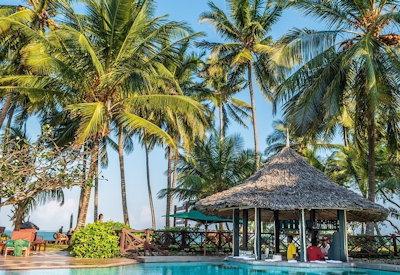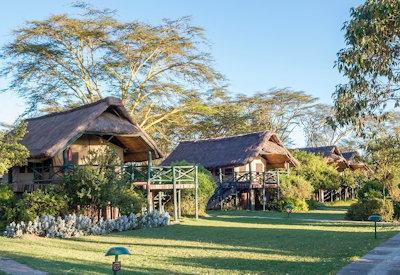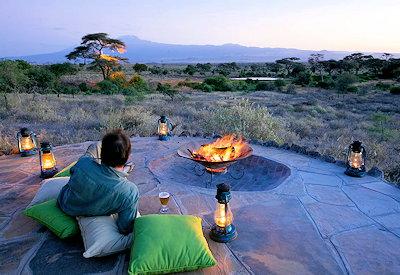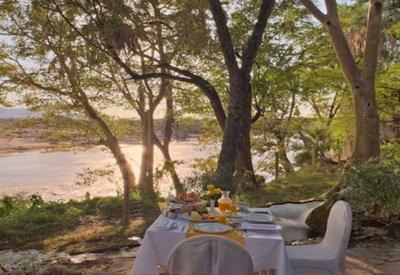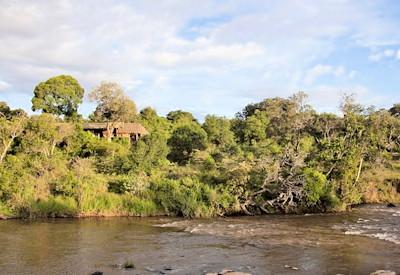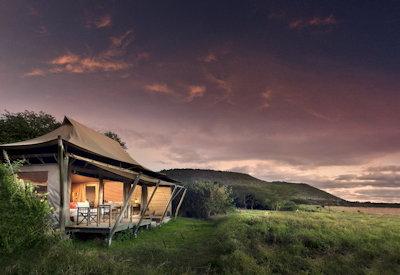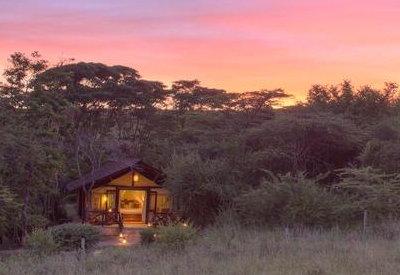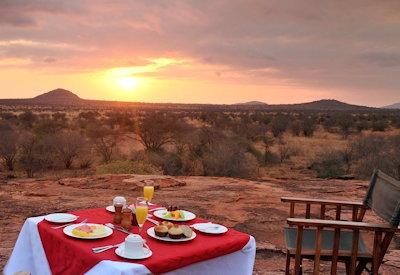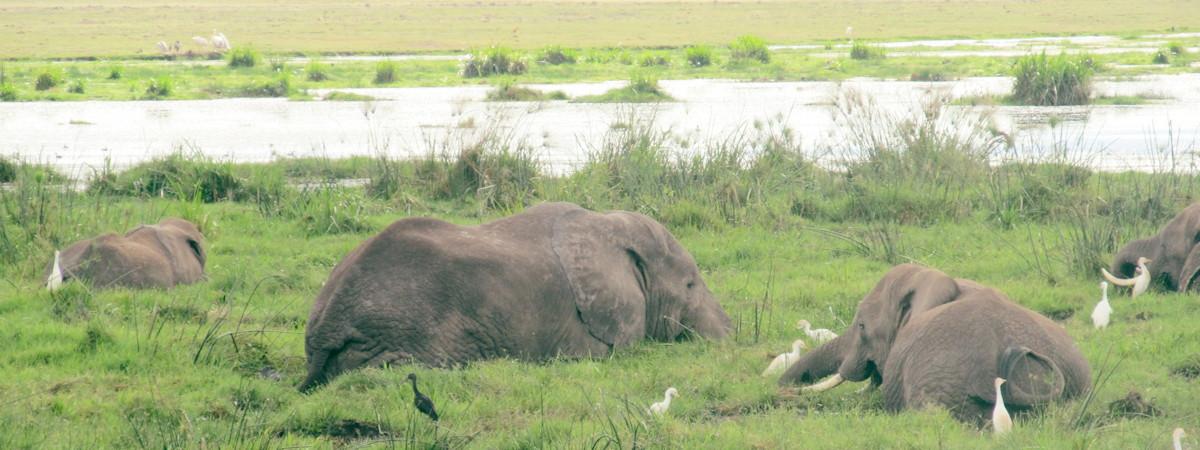
Kenya’s wildlife remains at the heart of its attractions, yet there is much more to discover in this fascinating country outside the game reserves. You can climb the slopes of Mount Kenya to find tropical ice on the Equator or explore the coral reefs of the Mombasa coast. Seek out the origins of man and a rich cultural heritage in Kenya’s Rift Valley. Or simply explore the country’s natural wilderness, from northern deserts to the wildebeest migration: the greatest wildlife show on earth.
Kenya has always been on the intrepid traveller's wishlist. It is, after all, the place where the Safari originated. Kenya has been at the forefront of African tourism as early as the 1930's when overseas visitors and explorers started visiting Kenya mainly for big-game hunting expeditions. Others came in search of solitude. Locals dubbed these expeditions “Safaris”.
Following the 2007 presidential election and the 2007-2008 Kenyan crisis, tourism revenues plummeted 54% from 2007 to 2008, and tourist arrivals more than halved. People's perspectives of Kenya as a destination changed dramatically once footage of the violence that occurred in certain areas was shown repetitively on international television screens. Many people cancelled their bookings or opted to visit Tanzania instead, even though the main tourism areas were totally unaffected by the crisis.
Kenya's ability to bounce back from the 2007 crisis is phenomenal. I visited Kenya during October 2008, the end of their traditional peak season. I was amazed at the positive changes in the country since my previous visit in early 2007. Nairobi has had a major cleanup; serious development plans have been implemented for Jomo Kenyatta Airport. The locals are more than happy to welcome the steady increase in tourists.
On the Safari circuit, the game reserves are quieter than usual. This offers excellent game viewing opportunities without the masses often associated with the major reserves in Kenya. The road networks between the reserves are receiving a major upgrade, and I am pleased to say that you will soon be able to halve the travel time from Nairobi to the Masai Mara by road, thanks to a newly tarred road being built by the lovely Italians.
With over 70 different tribes in Kenya, you are surely going to have a rich cultural experience... the people are as diverse and contrasting as the landscape. One thing that does bring the people together is the realization that the natural resources of Kenya need to be protected. During my trip to the Masai Mara in October, local children were being taken around in Matatu's (local transport). For many of these children, this is the first time they have seen animals in a wilderness area. Traditionally Park entrance fees have generally been too expensive for locals to even consider.
It is good to see that the Kenyans are getting to enjoy their own Game Reserves. They are also welcoming the return of tourists and have a renewed appreciation for their land and its attraction for foreign visitors. Most Kenyan's you will encounter on your visit are extremely grateful and proud that you have chosen to visit their country.
Impressions Of Kenya by Uyaphi.com
Serena Beach Hotel
Serena Beach Hotel is set back from the powder-white sands and shimmering waters of the Mombasa National Marine Park, the hotel décor blends the time-honoured intricacy of Swahili carving with the jewelled glow of Arabian lanterns.
Serena is one of the more popular beach resorts due to located and service levels. Scuba diving here is spectacular.
Sweetwaters Serena Camp
Sweetwaters Serena Camp in the Laikipia, with 39 thatched and tented rooms is one of only four private game reserves in Kenya, Ol Pejeta near Mount Kenya excels in the provision of privileged seclusion and private game viewing.
Tortilis Camp
Elewana Tortilis Camp is a magical escape from the hustle and bustle of modern life. The safari camp is located just outside the Amboseli National Park in an unspoilt woodland.
Elewana Tortilis Camp offers up views out across the plains with Mt Kilimanjaro as a backdrop.
Sarova Shaba Game Lodge
Sarova Shaba Game Lodge offers a unique experience that extends beyond game drives in the reserve, a plethora of activities to indulge in from bird watching to camel safaris to the viewing deck along the river to feed and watch crocodiles.
Serian Camp
Alex Walker's Serian Camp, a small and private safari camp option found deep in the heart of the famed Mara North Conservancy.
Serian Camp, located within a forested area on the famous Mara River banks, has only five tented suites available, ensuring an intimate safari experience.
Kichwa Tembo Tented Camp
A quintessential classic safari experience awaits all guests when staying at AndBeyond Kichwa Tembo Tented Camp, with sweeping views out across the surrounding plains and the Sabaringo River.
A fantastic option for single travellers, couples, families and small groups.
Mara Sarova Game Camp
Mara Sarova Game Camp is located within the Maasai Mara Game Reserve, 75 tents capture the true spirit of the Kenyan wild, in Kenya's richest game reserve, renown for its annual wildebeest migration, Big Five and hot air balloon safaris.
One of the better safari camps for those on a budget.
Kilaguni Serena Safari Lodge
Kilaguni Serena Safari Lodge is located on a ridge that commands magnificent sweeping views of the Chyulu Hills at the foot of Mount Kilimanjaro.
Kilaguni was the first safari lodge ever to be built in Tsavo West National Park and has long been a favourite of tourists by offer outstanding game drives.

